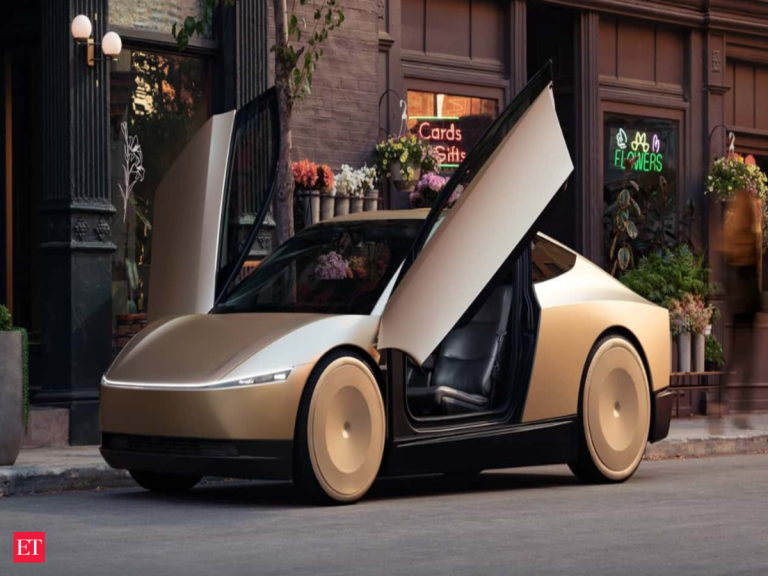Traveling Through Time: How Europe’s Historical Heritage Shapes Modern Lifestyles in 2025
Traveling Through Time: How Europe’s Historical Heritage Shapes Modern Lifestyles in 2025. Europe, a continent steeped in history and tradition, has a unique ability to blend the old with the new. From the ancient ruins of Greece and Rome to the modern cities of London and Paris, Europe’s historical heritage continues to shape modern lifestyles in profound ways. In this article, we’ll explore the ways in which Europe’s past influences its present, and how this rich cultural legacy continues to inspire and inform modern lifestyles.
Architecture and Urban Planning
One of the most visible ways in which Europe’s historical heritage shapes modern lifestyles is through architecture and urban planning. Many European cities have preserved their historic centers, with narrow streets, grand piazzas, and iconic landmarks like the Eiffel Tower or Big Ben. These historic areas are not only popular tourist destinations but also thrive with modern cafes, shops, and restaurants, blending tradition with contemporary style. For example, the medieval city of Florence, Italy, has carefully preserved its historic center, while also incorporating modern amenities and services, making it a unique and desirable place to live and visit.
Culture and Arts
Europe’s historical heritage has also had a profound impact on its culture and arts. From the Renaissance to the modern era, European artists, writers, and musicians have drawn inspiration from the continent’s rich cultural legacy. Today, this legacy continues to shape modern lifestyles, with many Europeans embracing their cultural heritage as a source of identity and pride. For instance, the city of Vienna, Austria, is renowned for its classical music tradition, with grand opera houses and concert halls that host world-class performances, while also supporting modern music festivals and events.
Cuisine and Wine
European cuisine is another area where historical heritage meets modern lifestyles. Traditional dishes like Italian pasta, Spanish tapas, and French cuisine have evolved over time, incorporating new ingredients and cooking techniques while remaining true to their historical roots. The same is true for wine production, with many European regions, such as Bordeaux, Tuscany, and Rioja, producing world-class wines that reflect their unique terroir and winemaking traditions. For example, the wine region of Champagne, France, has carefully preserved its traditional winemaking methods, while also embracing modern technology and innovation to produce some of the world’s finest sparkling wines.
Conclusion
In conclusion, Europe’s historical heritage continues to shape modern lifestyles in profound ways, from architecture and urban planning to culture, arts, cuisine, and wine. As we look to the future, it’s clear that this rich cultural legacy will remain a vital part of European identity, inspiring and informing modern lifestyles for generations to come. Whether you’re a history buff, a foodie, or simply someone who appreciates the beauty of traditional cultures, Europe has something to offer, making it a unique and captivating destination for travelers and locals alike.






